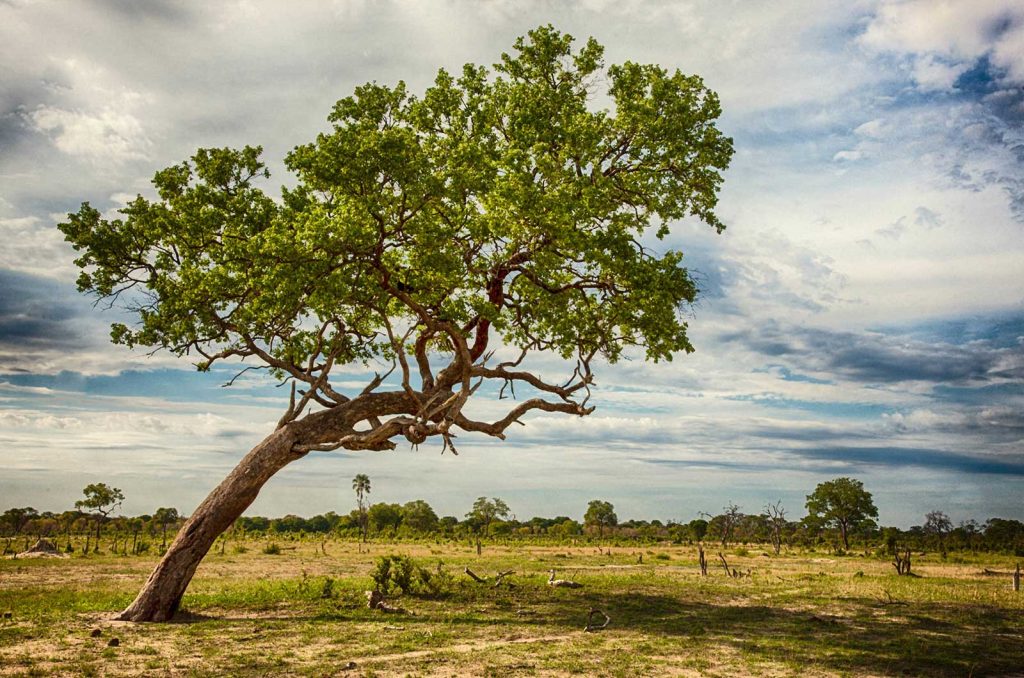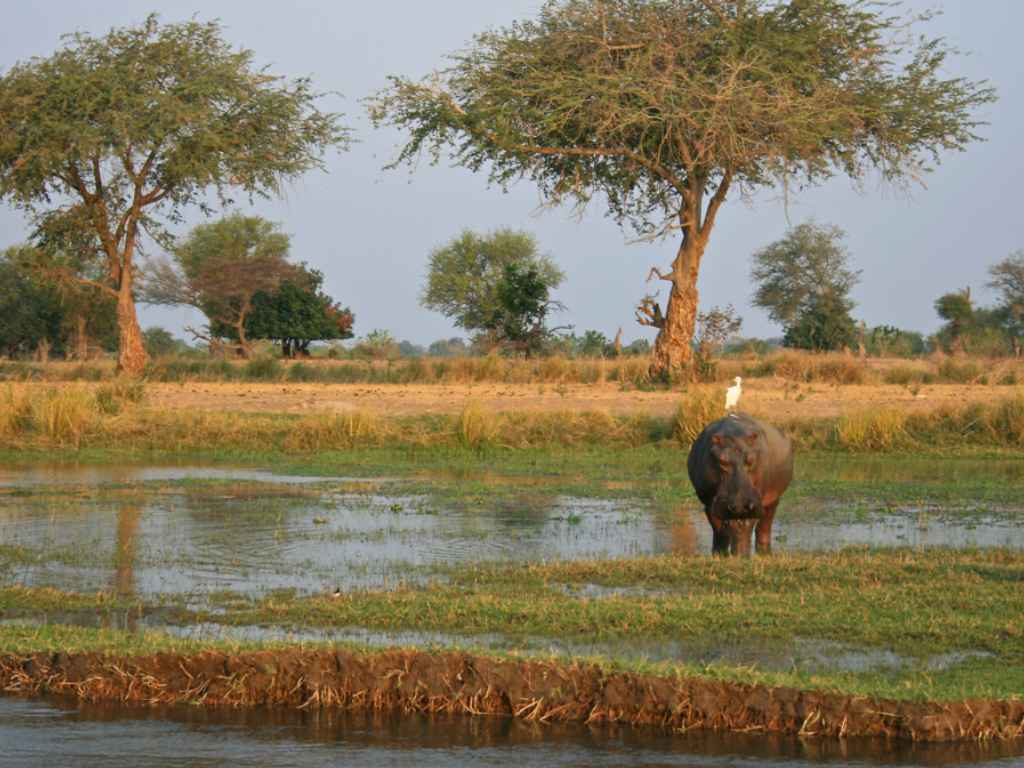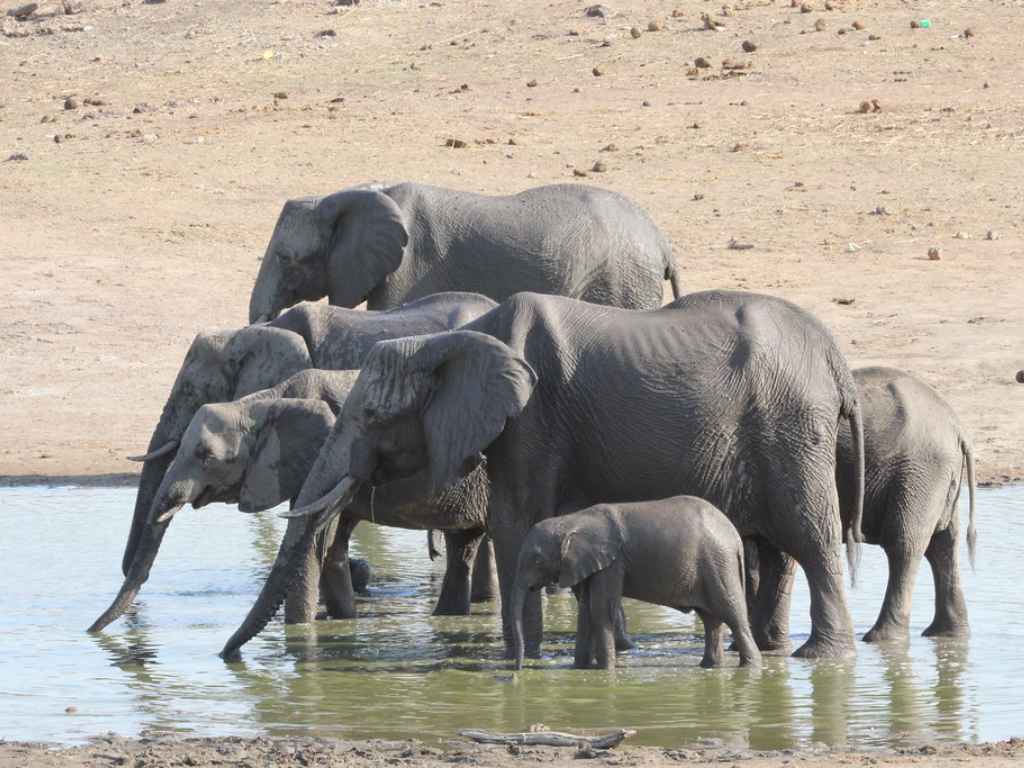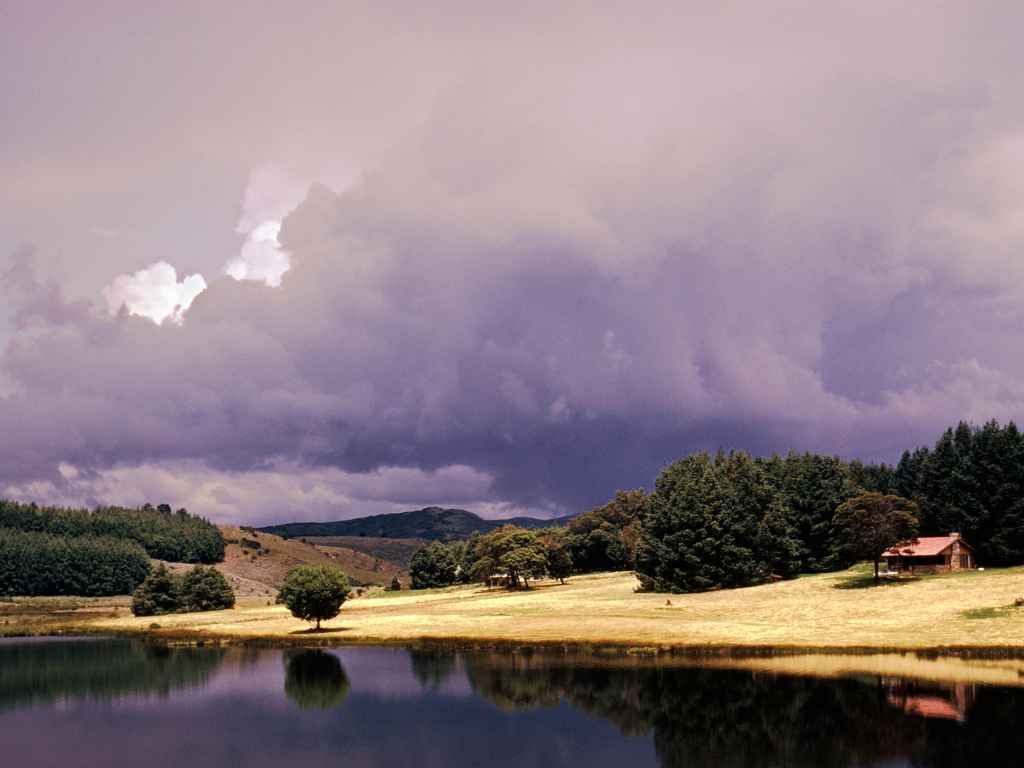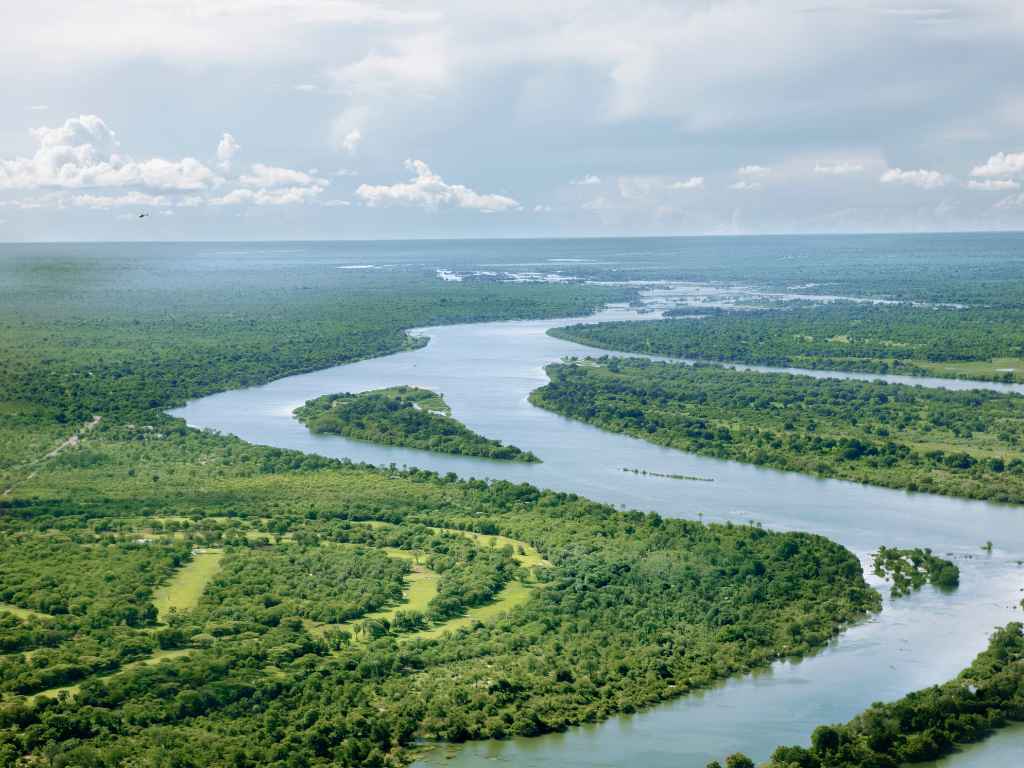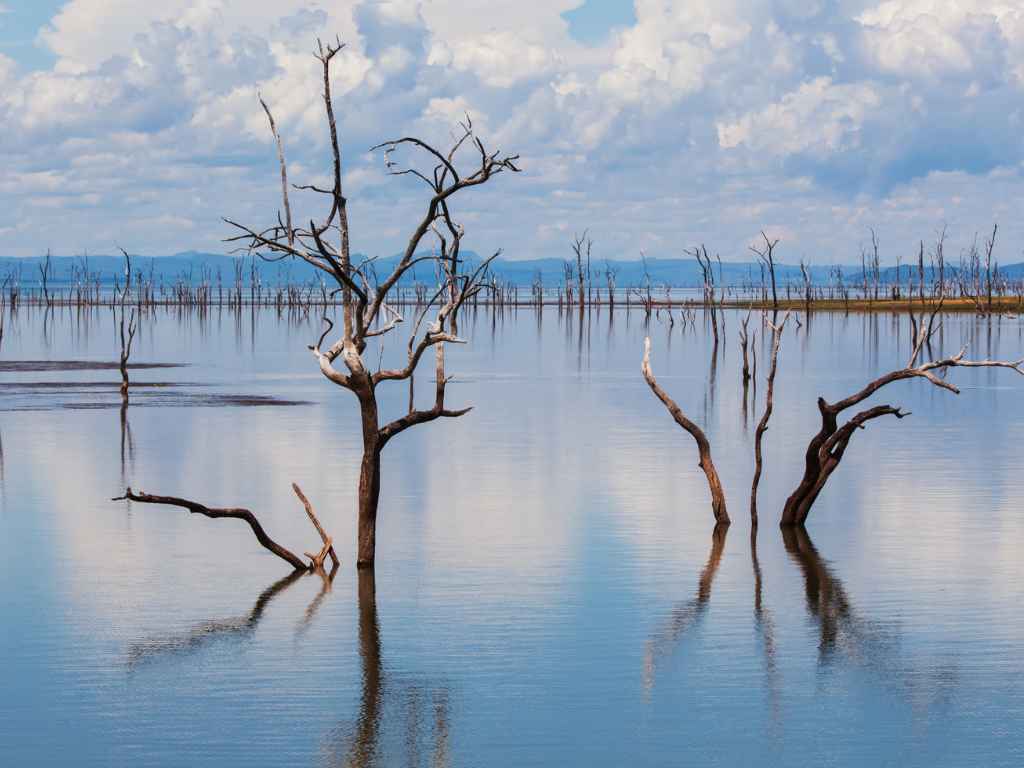Nestled within the heart of Southern Africa, a relic of a bygone era stands tall – Great Zimbabwe. This ancient city, steeped in mystery and allure, is a testament to the ingenuity and resilience of its builders. It’s a place where history whispers through the ruins, telling tales of a civilization that once thrived.
As we delve into the story of Great Zimbabwe, we’ll uncover its significance in African history, its architectural marvels, and the rich culture that surrounded it. We’ll journey back in time, exploring the rise and fall of this majestic city, and the legacy it’s left behind. So, strap in for an exciting expedition into the past, as we unravel the enigma that is Great Zimbabwe.
Introduction
Engage in an exploration of Great Zimbabwe, a location steeped in intrigue and filled with historical marvels. Dive into the depths of Southern Africa’s rich past as we step into this ancient city, unsheathed in the brilliance of its creators and shrouded in the legends of a civilization long gone.
Overview of Great Zimbabwe
Great Zimbabwe, a vestige of grandeur and ingenuity, stands as a testament to the prosperous civilization that once flourished within its walls. Wrought from stones meticulously stacked without mortars, it’s a cornucopia of impressive architectural feats that encompass immense stone towers, robust walls, and intricate engravings, illuminating the resourcefulness and sophistication of its builders.
History imprints its presence on each nook and crevice, delivering narration of a thriving community amidst an atypical environment. Long before the advent of modern technology, the inhabitants in the city achieved feats of engineering that still perplex modern scholars.
Location and Historical Significance
Positioned in Southern Africa, nestled within the heartland of present-day Zimbabwe, the historical significance of the eponymous Great Zimbabwe unfolds. It was once the epicenter of economic and cultural activities, radiating influence across vast territories through expansive trade networks.
Unraveling its historical significance entails delving beyond surface-level narratives. It was not just a city — it marked the zenith of a civilization, the apogee of prosperity, and a fulcrum of cultural interactions amongst diverse African tribes and far-reaching international traders, culminating in a hub of vibrant cultural intermingling.
The cascading remnants of Great Zimbabwe whisk us back in time, offering glimpses of a civilization that balanced vitality and prosperity amidst the intricate web of the physical world. As we unravel the layers, the city becomes an open history book, inviting us to learn more about the resounding legacy of the momentous civilization it nurtures.
The Ruins
Delving deeper into the embodiment of Great Zimbabwe’s legacy yields significant insights, not only into the ruins themselves, but into the heart of the civilization they once formed the epicenter of.
Layout and Architecture
I draw attention first to the strikingly distinct layout and architecture of Great Zimbabwe, a testament to the city’s elaborately arranged societal and physical structures.
The Hill Complex
The Hill Complex forms a distinct component of these remnants. It’s a stone labyrinth, delicately balanced atop a granite outcrop. Historians posit this element of the ruins was the domicile of the city’s monarchy, with its altitude providing both defensible advantages and a symbolic elevation.
The Valley Enclosures
Venturing down from the Hill Complex, I find myself amidst the Valley Enclosures. This area, teeming with stone-walled structures, excavations suggest was reserved primarily for the city’s spiritual activities and rituals.
The Great Enclosure
Undeniably, the star of the architectural showcase remains the Great Enclosure. Encompassing an area equivalent to approximately two football fields, this strategic curvilinear wall epitomizes the city’s defensive engineering and monumental stone carving skills.
Construction and Building Techniques
The city’s architecture didn’t merely rely on size and complexity but on innovative building techniques as well. Employing locally available granite, builders ingeniously exploited the rock’s natural fractures, shaping it into rectangular blocks that became the city’s fundamental building modules. My inspection reveals no evidence of mortar use, further applauding the incredible precision achieved by the ancient builders.
Theories and Mysteries
Unraveling the veil of uncertainty draped over Great Zimbabwe has intrigued researchers and historians alike. Academic consensus leans towards the Shona-speaking peoples as the city’s original builders, dating back to the 11th century. Yet, the absence of definitive written records leaves much space for interpretation and ongoing research. Thus, Great Zimbabwe not only retains its political and economic relevance but its archaeological and historical mysteries continue to captivate the world’s attention.
Exploring the Site
Venturing into Great Zimbabwe provides an exciting adventure, filled with tales spun on the historical loom. Even the stones whisper stories, each holding a piece of the city’s ancient puzzle.
Guided Tours
Sprinkled with animating facts and mysteries, guided tours breathe life into this city steeped in time.
Tour Options
Multiple guided tour options exist, tailored to cater to diverse interests. From comprehensive full-day tours encompassing all corners of the site, to specialized tours focusing on a particular area of interest, such as the Great Enclosure or Valley Enclosures, visitors find a fit for their curiosity.
Knowledgeable Guides
Selected guides, well-versed in the city’s history and mythology, ensure that the city’s tales echo vibrantly in the minds of the listeners. They sail smoothly through the uncharted waters of the city’s history, decoding the mute narratives etched in the stone facades.
Self-Guided Exploration
For the independent explorers, Great Zimbabwe opens up as an unguided canvas, inviting them to construct their speculative stories.
Maps and Signage
Provisioned with illustrative maps and signposts at strategic locations, self-guided tourists won’t lose their way. These pathfinders translate the city’s cryptic geography into clear directions, navigating the explorer through the folds of time.
Recommended Routes
Several recommended routes contour the city’s historical terrain. These pathways, charted meticulously by experts, ensure that independent tourists don’t miss any crucial aspects of the city’s grandeur.
Special Events and Exhibitions
Great Zimbabwe occasionally dons the regalia of cultural events and historical exhibitions. These instances demonstrate the city in its dynamic cultural expressions, complementing the static artifacts in a stirring symphony of time and culture. Baring so many layers to uncover, exploring the site becomes a journey with the intersections of archaeology, history, art, and cultures.
When to Visit
Consider important factors such as weather, peak tourist season, and personal preferences when planning your trip to Great Zimbabwe.
Best Time of Year
From May to October, Zimbabwe experiences its dry season, which is generally considered the best time to visit Great Zimbabwe. Temperatures hover between 16-28 degrees Celsius, making it agreeable for outdoor exploring. Expect clear skies, lesser rain showers, making it ideal for delving deep into Great Zimbabwe’s archaeological marvels and historical sights. For bird watchers, October brings a varied display of migratory birds enhancing the wildlife experience.
Peak Season vs. Off-Season
Between July and September, Great Zimbabwe witnesses its peak tourist season. During this period, accommodation prices and tourist crowds increase, but so do the opportunities to engage with fellow travelers. Alternatively, the off-peak months from November to April, while characterized by occasional rain showers, offer quieter tourist trails, lower hotel prices, and the fresh blossoms of wet-season flora.
Weather and Climate Considerations
Great Zimbabwe enjoys a tropical climate, which means it gets hot during the summer months (November to April) with temperatures often exceeding 30 degrees Celsius. Pack lightweight clothing, sunblock, hats, and sunglasses for protection against the intense sun. During the winter (May to October), temperatures can drop to about 7 degrees Celsius at night. Pack warm clothing for early morning and evening tours. Regardless of the time of year, remember to stay hydrated and take frequent breaks from the sun. Rainstorms can occur unexpectedly, especially during the wet season, so having a waterproof jacket or an umbrella at hand could be beneficial.
Accommodation
The enchanting allure of Great Zimbabwe calls out to all curious explorers and enthusiastic history buffs. Providing a suitable resting place matters when delving deep into an ancient city’s mystique. Here’s a breakdown of accommodation options within and in proximity to Great Zimbabwe.
Nearby Towns and Cities
Masvingo
At roughly 27 kilometers to the north of Great Zimbabwe, lies the town of Masvingo. A favored lodging choice, it provides an array of options from economical hotels to more upscale accommodations. For those who enjoy local markets and vibrant nightlife, Masvingo is certainly an excellent pick to put your feet up for the night, having plentiful eateries and aesthetic cityscape.
Mutare
Venture a bit further, around 293 kilometers to the east of Great Zimbabwe, Mutare offers picturesque landscapes and pleasant climate. Being Zimababwe’s fourth largest city, it brims with comfort and modernity steeped in a unique blend of local culture. Visitors are spoiled for choice with a variety of quality hotels and guest houses.
Camping and Lodges
If the idea of communing with nature aligns with your travel style, then look no further. Great Zimbabwe provides camping facilities giving a unique blend of rustic charm and adrenaline rush. There are also well-equipped lodges extending the feel of authentic African living, set amid the enthralling panoramas of Zimbabwe’s wilderness, allowing you a deeper connection with the ancestral land.
On-Site Facilities
Right within the heart of Great Zimbabwe, the Department of Parks and Wildlife Management operates a campsite and lodge. These extol an authentic African atmosphere, for those who seek a more immersive experience. They come equipped with essential amenities like running water, electricity, cooking areas and public bathrooms, guaranteeing your stay is as comfortable as it is memorable.
Well-coordinated planning, complementing the spirit of your adventure, ensures a more rewarding visit to Great Zimbabwe. Whether you settle in the nearby towns, amidst nature’s tented rendezvous, or within the historical site itself, comfort and convenience form assured parts of your journey into past eras.
Getting to Great Zimbabwe
By Road
Journeying to Great Zimbabwe by road offers stunning visual treats. Looking at a map, you’ll spot a number of major cities within driving reach.
From Major Cities
Harare, the capital of Zimbabwe, stands 300 km northeast of Great Zimbabwe. A drive from Harare, on the A4 and A9 highways, takes approximately four hours. Bulawayo, Zimbabwe’s second-largest city, lies about a 300 km drive west. After a journey of four to five hours on the A6 highway, you’ll arrive at your destination. From Johannesburg, South Africa, it’s a more extended trip of 580 km, lasting roughly nine hours via the N1 and R101 routes.
Self-Drive Options
Should you prefer autonomy, renting a car might meet your needs. Reputable car rental companies are accessible in all major cities. It’s noteworthy that major roads to Great Zimbabwe are generally in good condition. Yet, I’d recommend verifying your rental vehicle comes equipped with a spare tire and tool kit, as rural areas can be remote.
Public Transportation
Public buses from Harare and Bulawayo connect to Masvingo, the nearest major town to Great Zimbabwe. They typically make the journey daily, and it may take you four to five hours, depending on traffic conditions. From Masvingo, local minibus services or taxis can ferry you the remaining 25 km to Great Zimbabwe.
Organized Tours and Packages
Should the planning seem overwhelming, you might consider an organized tour. Many travel companies offer packages inclusive of transportation, accommodation, and guided tours. These services can lift the burden of logistic intricacies, guaranteeing a focus on the historical site itself. It’s advisable to review and compare different package options for the best fit for your individual needs and comforts.
Practical Information
Now that we’ve familiarized ourselves with the journey to Great Zimbabwe, let’s delve into further practical details. In this section, we cover crucial elements such as the entry fees and permits, photography rules, facilities, accessibility provisions, and needs for specially-abled individuals.
Entry Fees and Permits
Before planning a trip to the ancient city of Great Zimbabwe, it’s advisable to understand the costs involved. The Zimbabwe Parks and Wildlife Management Authority manages the monument. Hence, an entry fee is charged by them. Regular foreigners pay around $15, while residents have a lesser fee of about $7. Children get further reductions, with foreign kids charged $5 and local ones at $3.
Photography Rules
Capture your memories without breaking any rules at Great Zimbabwe. Photography for personal use is generally allowed except inside the museum and at certain conserved sites where signs have been erected. Commercial, promotional, or any professional scheme would require a permit and often comes with certain fees. Therefore, it’s crucial to check with the authorities if you plan to carry high-end gear or intend to use the photographs for anything more than personal keepsakes.
Facilities and Amenities
Visiting a historical site doesn’t mean you have to compromise on basic amenities. At Great Zimbabwe, visitors are provided with an exciting but comfortable experience. The site offers clean toilet facilities along with a well-organized picnic area, a popular rest stop amidst tours. For a deeper insight into the monument’s history, there’s a museum, and a small on-site shop is available if you want to grab a quick snack or a souvenir.
Accessibility and Special Needs
Maintaining its integrity for all visitors, Great Zimbabwe understands the importance of accessibility. Most of the major sites inside the monument are accessible through pathways that can comfortably accommodate wheelchairs. However, bear in mind that due to the historical site’s nature, certain areas might be difficult to navigate for visitors with mobility issues. It’s recommended to check with the management upon arrival for any further assistance or specialized maneuvers.
Cultural and Historical Context
As the story of Great Zimbabwe unfolds, we dive deeper into its cultural and historical context. The significance of this ancient city extends far beyond its architectural marvels, encapsulating indigenous Golden Age civilizations, colonial era rediscoveries, vibrant archaeological research, and continual conservation efforts.
Indigenous Civilizations
Great Zimbabwe bears testament to a glory rivaled only by few in ancient Africa. Dating back to the 11th century, this city served as the capital of the Kingdom of Zimbabwe during the Late Iron Age. History attributes this architectural wonder to the Shona-speaking peoples, known for their expertise in stone construction. Trading in gold, ivory, and cattle, the kingdom cultivated vast networks across sub-Sahara Africa, as evident in Arab and Persian pottery remnants found on site. Therefore, Great Zimbabwe reinforces the cultural identity and depth of indigenous civilizations.
Colonial Era and Rediscovery
With the advent of European colonization in the 19th century, the narrative of Great Zimbabwe witnessed a dramatic twist. Despite local lore and historical narratives affirming indigenous construction, European explorers propagated the myth of a foreign origin. Convinced that Africans could not have constructed such an advanced civilisation, explorers like Carl Mauch claimed connections to more “civilized” ancient societies such as the Phoenicians or King Solomon’s Mines. The act of rediscovery, thus, unveils darker shades of colonial imposition over Great Zimbabwe’s narrative.
Archaeological Research and Excavations
Shrouded in enigma, Great Zimbabwe piqued archaeological interest to uncover truths lost in time. From Gertrude Caton-Thompson’s groundbreaking excavation in 1929, affirming indigenous creation, to recent UNESCO-funded projects, a flurry of research activity has enlivened its silent stones. Analysis of artifacts, including pottery, glass beads, and gold work, coupled with advanced radio-carbon dating techniques, has painted a vivid picture of the city’s past. Such archaeological efforts underline the importance of scientific inquiry in reclaiming lost histories.
Preservation and Conservation Efforts
I can’t emphasize enough the importance of preservation efforts in maintaining Great Zimbabwe’s cultural and historical integrity. Since its recognition as a UNESCO World Heritage Site in 1986, extensive work has been undertaken by the Zimbabwe Parks and Wildlife Management Authority to protect and conserve the ruins. From digitizing site records for global access, to community involvement in sustainable tourism practices, every step taken secures a future for Great Zimbabwe’s brilliant past.
Beyond Great Zimbabwe
The echoes of Great Zimbabwe reach beyond the ancient walls and into the bustling life and natural beauty of its surrounding lands. Traveling this path, you’ll find interesting sites to visit, traditional customs pulsating with life, and adventurous activities to engage in.
Nearby Attractions and Sites
In the vicinity of Great Zimbabwe, you’ll find plenty of attractions that are equally captivating. For instance, Lake Mutirikwi, lying just 20 kilometers south, offers a serene environment that’s perfect for picnics and boating. If you’re a wildlife enthusiast, the adjacent Kyle Recreational Park is a must-visit filled with diverse animal species like zebras, giraffes, and rhinos.
Delving into historical intrigue, the Khami Ruins, another UNESCO World Heritage Site located near Bulawayo, display similar dry-stone structures to Great Zimbabwe. Here you can explore fascinating insights into another ancient kingdom of the region: The Butua.
Regional Culture and Traditions
A visit to Zimbabwe isn’t complete without indulging in the rich culture and traditions of the local community. The Shona people, key constructors of Great Zimbabwe, continue to thrive in this region. They express their vibrant cultural identity through intricate stone sculptures, colorful textiles, and soulful music, all of which provide a depth of understanding about the living heritage that extends from the era of Great Zimbabwe.
Traditional ceremonies also offer glimpses of the region’s cultural fabric. Events such as the Mbira music festival and Shangwe, a tribal rain-making ceremony, are thrilling to witness.
Outdoor Activities and Adventures
Besides cultural immersion and historical exploration, you’ll find a wealth of outdoor activities around Great Zimbabwe. Take a hike on the serene trails of the Eastern Highlands, an area known for its beautiful landscapes and cool climate. Dive into adrenaline-pumping fun with white-water rafting on the Zambezi River, especially along the Bakota Gorge downstream of the Victoria Falls.
Tips and Recommendations
Continuing from the rich history and vibrant culture of the Shona people, let’s delve into some practical tips and recommendations for those visiting Great Zimbabwe.
Best Photo Spots
To immortalize your visit, start by snapping photos at the Hill Complex. Recognized as the oldest part of the ancient city, the circular stone walls create a magnificent backdrop. In proximity rests the Great Enclosure, infamous for its massive elliptical structure, offering another picturesque spot. Remember, catch the sunrise or sunset, as the mellow light casts an enchanting glow on the stone architecture, enhancing picture aesthetics, but respect the site’s historical importance while capturing your memories.
Souvenirs and Local Crafts
Immerse yourself in the local culture by exploring craft markets around Great Zimbabwe. You’ll discover traditional Shona stone sculptures, perfect mementos, or gifts for loved ones back home. Another iconic local craft, Shona textiles, expresses the region’s creativity, culture, and history. Visit the local blacksmiths and silversmiths too, their craftsmanship yields desirable keepsakes, like ornamental replicas of the Great Zimbabwe bird.
Dining Options
For foodies seeking authentic African cuisine, there’re establishments serving traditional dishes like Sadza (cornmeal porridge) and Nyama (meat). Additionally, restaurants around Lake Mutirikwi offer tantalizing seafood options. Vegetarians are not left out, delicious local plant-based dishes abound.
Educational Resources
Cultural heritage centers around Great Zimbabwe offer insight into this ancient civilization. The Great Zimbabwe National Museum, for instance, exhibits artifacts excavating the site’s history. So, for a comprehensive understanding, make sure to explore. A guided tour adds to the educational experience through live narration of the site’s historical and cultural relevance. Lastly, time your visit to coincide with local events such as the Mbira Music Festival or Shangwe for a hands-on learning experience about the local culture.
Conclusion and Additional Resources
So there you have it – Great Zimbabwe is more than an ancient city. It’s a symbol of cultural pride, a testament to a rich history, and a hub for adventure and exploration. Whether you’re drawn to the historical significance of the ruins, the vibrant Shona culture, or the thrill of outdoor activities, there’s something for everyone. Don’t forget to check out the Khami Ruins and Lake Mutirikwi for an even deeper dive into the region’s past and natural beauty. And remember, the best way to experience Great Zimbabwe is to immerse yourself in the local culture – attend a traditional ceremony, enjoy the local cuisine, and take home a piece of Shona artistry. Lastly, don’t miss out on the educational resources available to enhance your understanding of this fascinating civilization. I hope you’ll find your visit to Great Zimbabwe as enriching and inspiring as I did.
I’m the guy creating the content here at VisitZimbabwe.com. I’m an avid traveller and have been a digital designer and content creator for more than 30 years. In that time I’ve been responsible for dozens of online businesses spanning many industries including travel and tourism. I still have a passion for designing great web experiences. You can contact me via my personal site at https://ma.rcus.co.uk/

